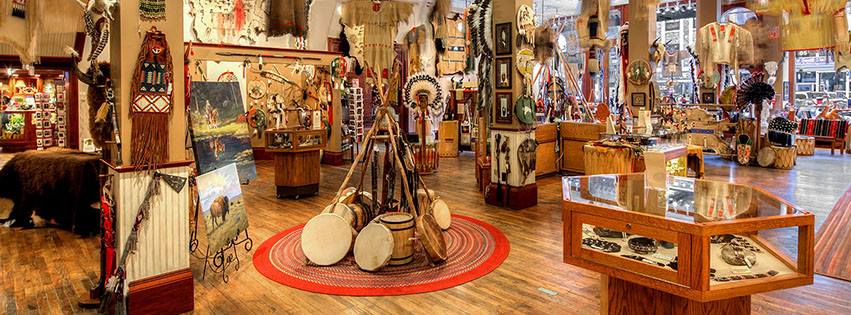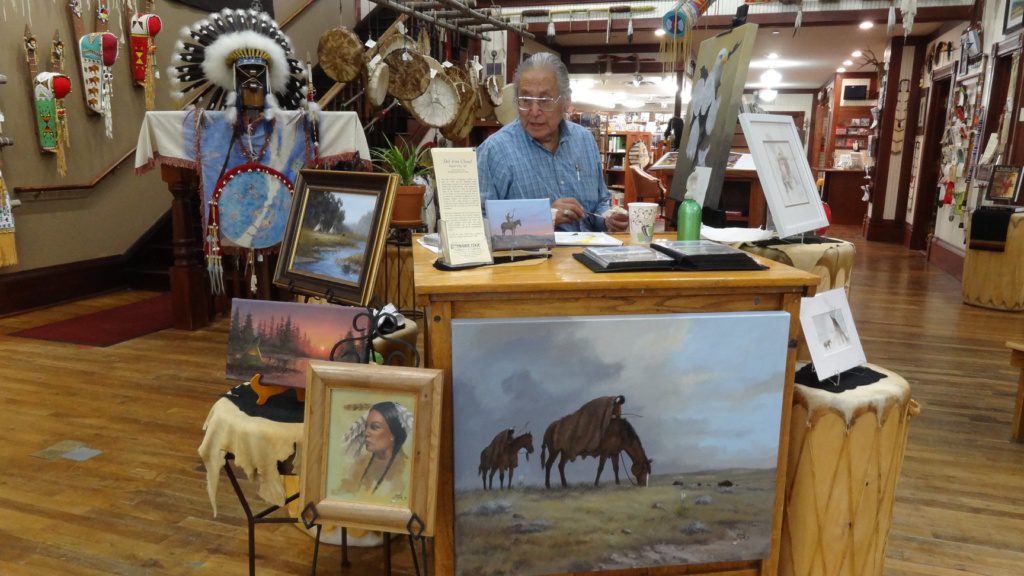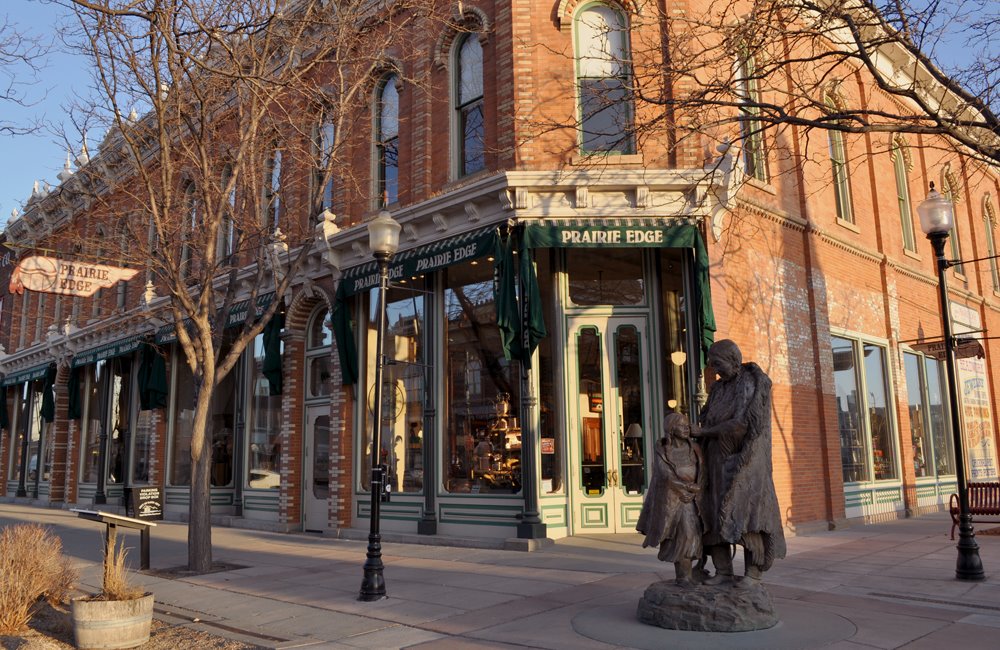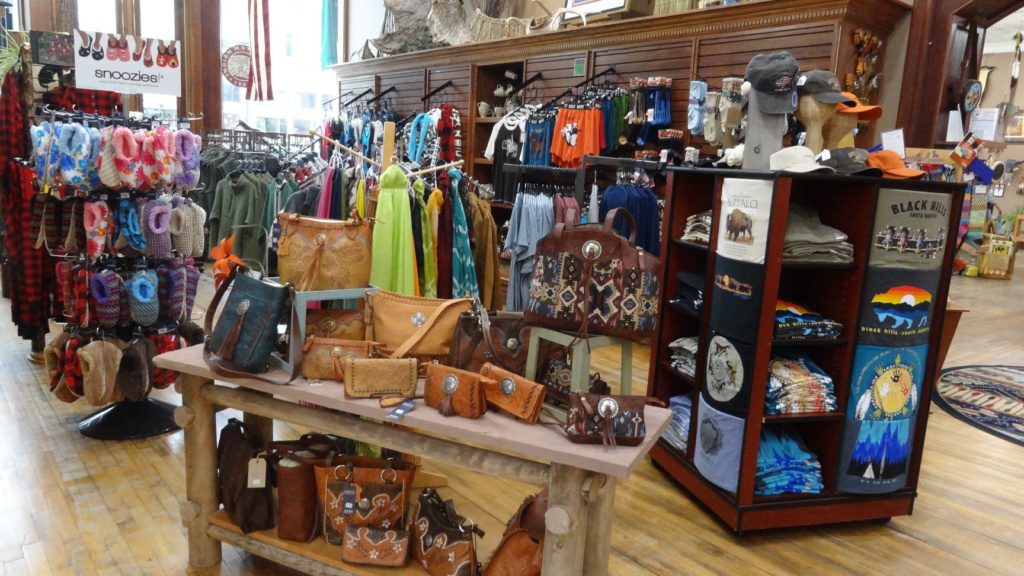Preview a ‘taste’ of family business at one-of-a-kind dinner
Recent News
There’s no shopping experience in South Dakota quite like Prairie Edge and Sioux Trading Post.
From an expansive selection of Native American art, botanicals and herbs to the one of the world’s largest collections of Italian glass beads, it’s a favorite of locals and a must-stop for any visitor in Rapid City.
The business began as Sioux Trading Post in Detroit before founders Dennis and Rosemary Lessard moved it in 1963 to Mission on the Rosebud Reservation in south-central South Dakota. They then sold it to Ken and Cathy Vogele of Rapid City, who were ardent collectors and patrons of Native American art.
In 1990, the Vogeles opened a second store in Rapid City, and three years later, they sold the business to the Hillenbrand family, where it became a sister store to Prairie Edge.
Sioux Trading merged its four stores in 2005 into the current Rapid City location.
We caught up with general manager Dan Tribby for insight into this one-of-a-kind business.
For those who aren’t familiar or haven’t been to the store lately, what will they discover there?
The finest collection of newly made Native American artwork to be found in the western United States as well as a complete line of craft supplies, botanicals, books and music as well as a wonderful fine art section all housed in a historically restored 1886 building in the heart of downtown Rapid City.
Your business still operates like an old-fashioned trading post. How are you uniquely able to work with artists to sell their work?
We do business with hundreds of artists each year. Some of the folks we will see many times over the course of a year, and others we may only see once. Since we have such a wonderful supply of high-quality craft supplies, it works well to have the artists come to us and then be able to resupply at the same time whether by straight-out purchasing of the supplies or by barter of finished items for supplies.
You launched a new Prairie Edge and Sioux Trading Post website last year. How has that expanded your reach?
What happened was that for years we had operated two separate websites, one for the Sioux Trading Post and the other for Prairie Edge. Both did well, but it was confusing for the customer as you could see product on both sites but could not combine your orders. This led to lost sales and just too much confusion. We started the effort to combine the sites a couple of years ago and then released the combined sites last August. The reaction was immediate as our customers from both sites thought the new site was so much less confusing, and they were able to do all of their shopping on the one, new site.
The one site now allows us to market to a more broad audience and to reach more people with basically the same amount of marketing effort.
Your business renovation a number of years ago helped spark a revival of downtown Rapid City, and your family owners are well known for their community contributions. What kind of potential do you see to grow both Prairie Edge and the broader Rapid City community?
There is no doubt that the Hillenbrand family has been the driving force in the renovation of the downtown area. Ray is such a visionary for the community. The creation of Main Street Square, Legacy Commons playground, as well as the upgrades to the downtown promenade, have been remarkable and have truly made Rapid City the envy of many cities of about this size around the country.
This has helped to make downtown Rapid City even more of a destination for both visitors to the area as well as to local folks just looking to meet up with their neighbors and friends. As companies and individuals look for new areas to locate to, many look first to the heart of the community to see what is happening for its citizens, both young and old. Rapid City is now held in a very favorable light, and that is great for both the city and for Prairie Edge.
What have you found is your greatest challenge in running a family business, and how have you addressed it?
At first, it is developing the culture of what you would like to have for the business. It has taken many years of trying things and making changes, but the end result has been unbelievable! Our employees feel like they have real buy-in to what the future holds, as do our artists and vendors. I feel like this is felt by our customers as well when they come in and see many of the same faces behind the counters year after year.
Then, there are the challenges today of competition from the online retailers, and that has just really made us look more to small-business vendors who have no desire to get into the Amazon war. It has given us even more opportunity to buy from more local crafts people and search closer to home for some of those wonderful hidden treasures that we were not aware of.
You’re a longtime member of the Prairie Family Business Association. What’s the greatest value you’ve found in your membership?
Although we are a part of the world economy now with the advent of the internet and World Wide Web, we are still a small-town mom-and-pop business. We are also very proud of being a part of Middle America and really the heart of this country. The Prairie Family Business Association seems to be the best agency for representing all of us who find ourselves in that boat. The comfort of having an association who understands the mid-America business mind-set is very reassuring when planning the longevity for the business future.
What advice would you offer to other longtime family businesses that would like to enjoy longevity like yours?
Develop a culture and do everything you can to get the buy-in of the employees and all those that you do business with. You must live that culture and have it truly be the business model for the company. Business is a three-legged stool where the company (employees), the providers (artists or vendors) and the customers are each equal legs. If one is shorted for any reason or if one is favored for any reason, the stool cannot be stable. Fairness will always rule the day.







